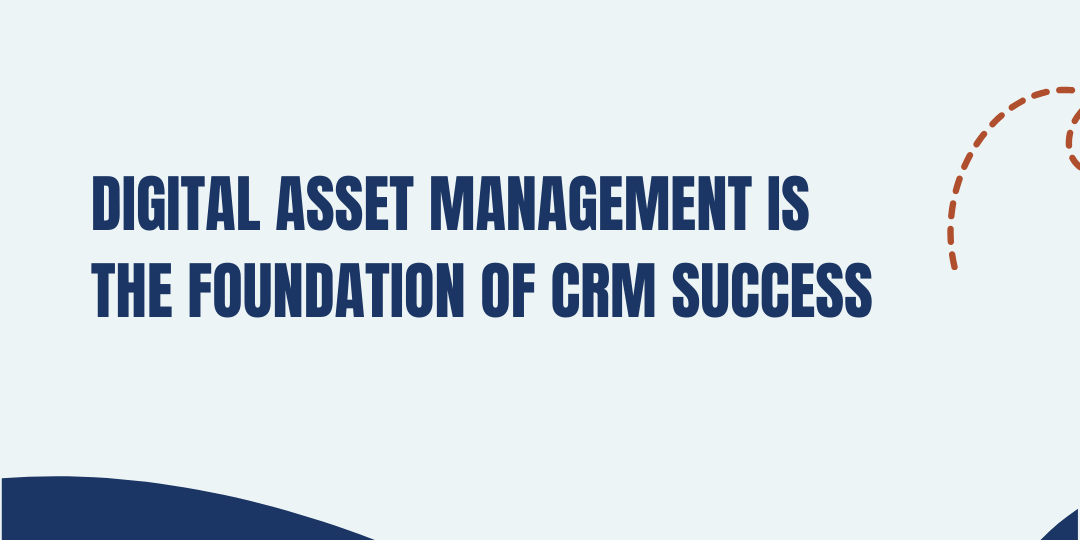Most businesses think of digital asset management (DAM) as organizing logos and marketing files. But in reality, it is much bigger than that. Especially if you want your CRM to work the way it should.
Managing client relationships means having full control over the digital systems that power them. If you don’t know who owns your platforms, how your data flows, or where critical accounts are stored, your CRM and follow-up strategy will always be at risk.
What counts as a digital asset?
Digital assets include much more than brand visuals. Think domains, website platforms, form tools, analytics, scheduling links, review platforms, and ad accounts. If it touches your client journey, it is an asset.
Why does it impact CRM?
Your CRM can only do its job if the right data flows in and out. That means your forms need to connect. Your website needs to sync. Your team needs the right permissions. If you’re missing logins or lack access to key accounts, leads get lost and follow-up falls apart.
It is not just about convenience. It is about continuity.
When businesses grow, shift teams, or work with multiple vendors, access issues are common. But missing logins or disorganized records are not just a nuisance. They slow growth and damage trust.
How to protect your assets and your CRM strategy
Start with a full audit. Know where everything lives. Make sure you own every login. Organize your platforms, credentials, and integrations. Then, align them with your CRM goals so your data flows, your team has access, and nothing slips through the cracks.
Digital asset management is not just about staying organized. It is about protecting the systems that power your marketing, your communication, and your ability to deliver.
Need help getting your digital assets in order? Download the Brand Protection Checklist or Schedule a Consultation to get started.

